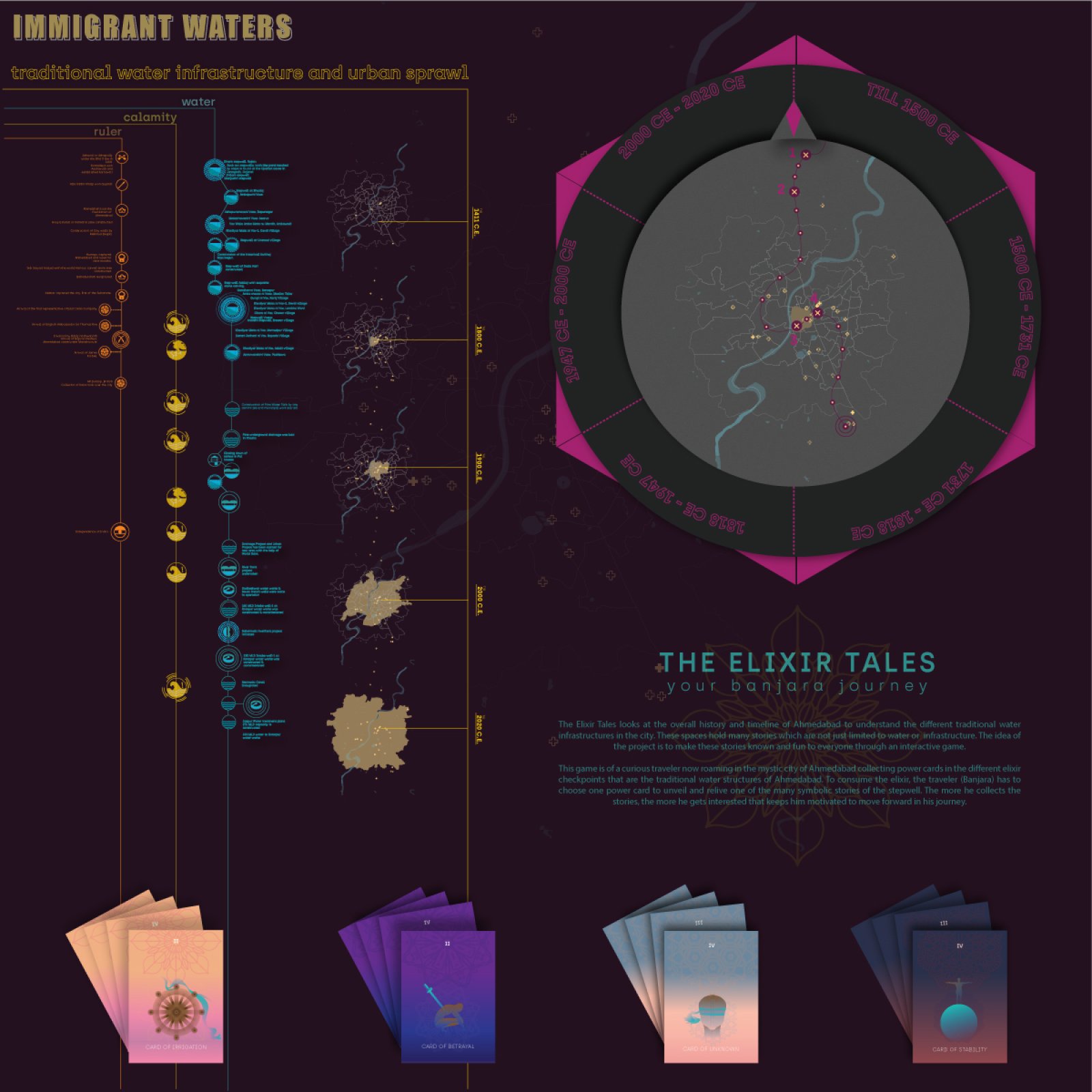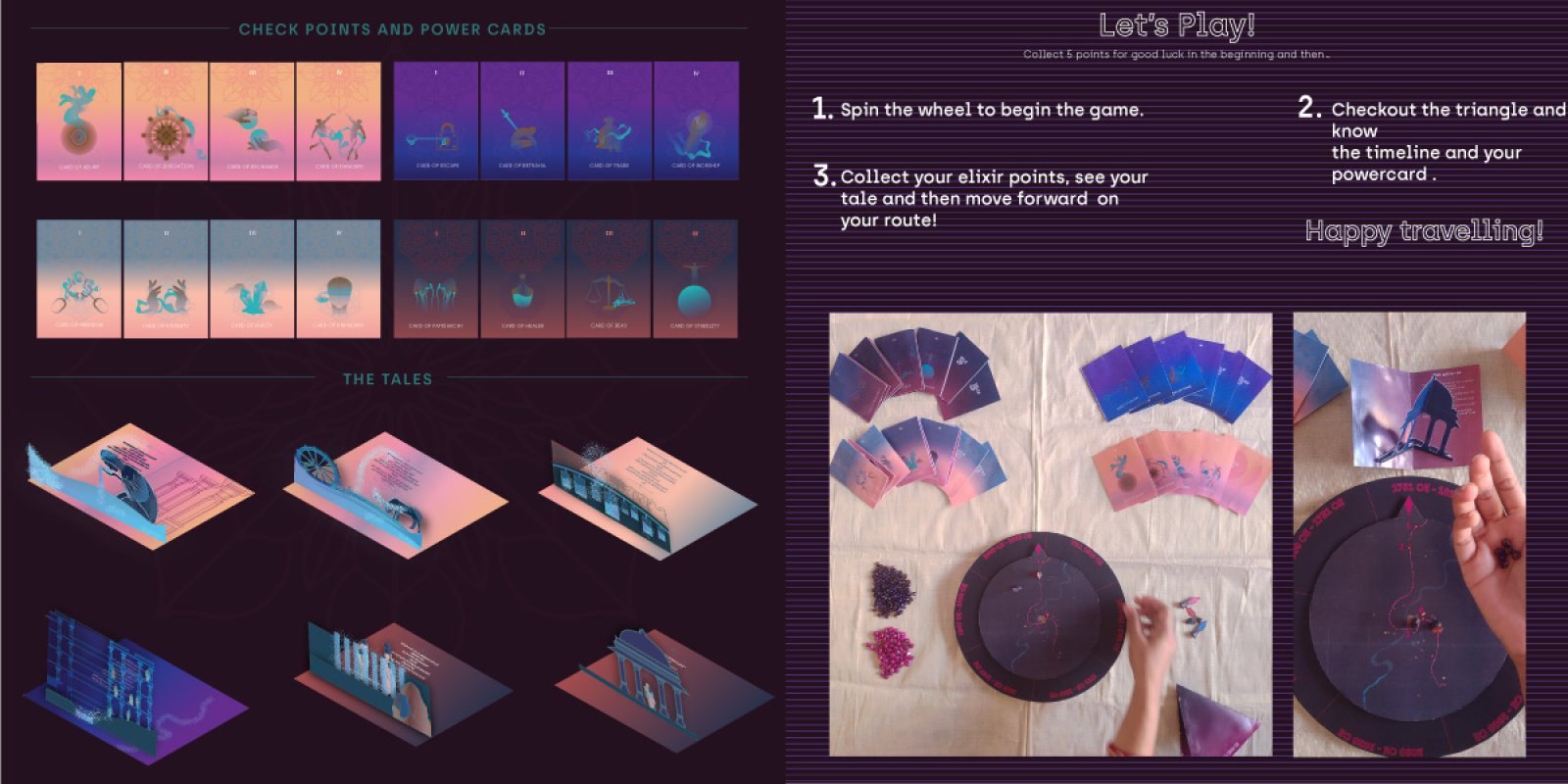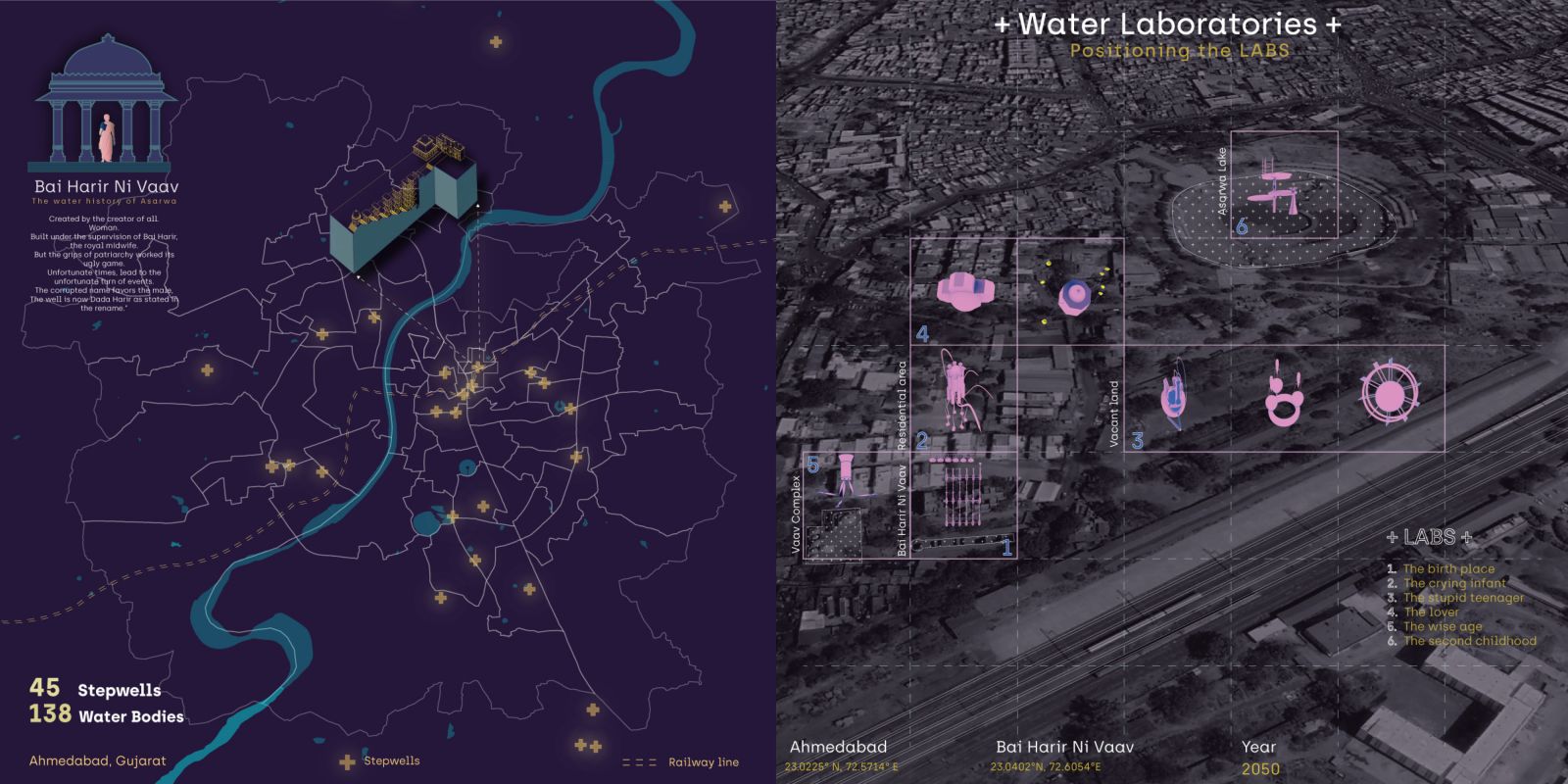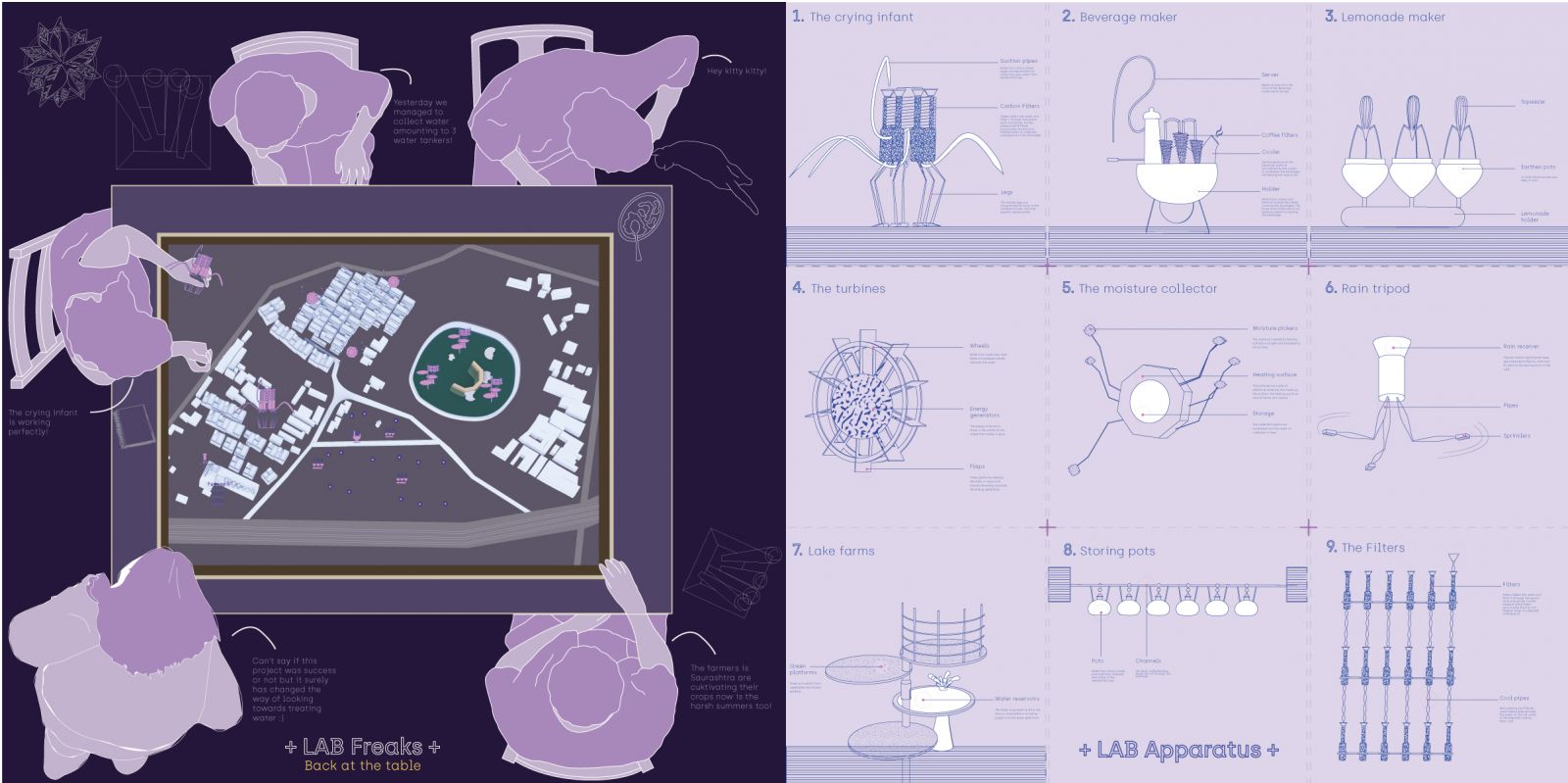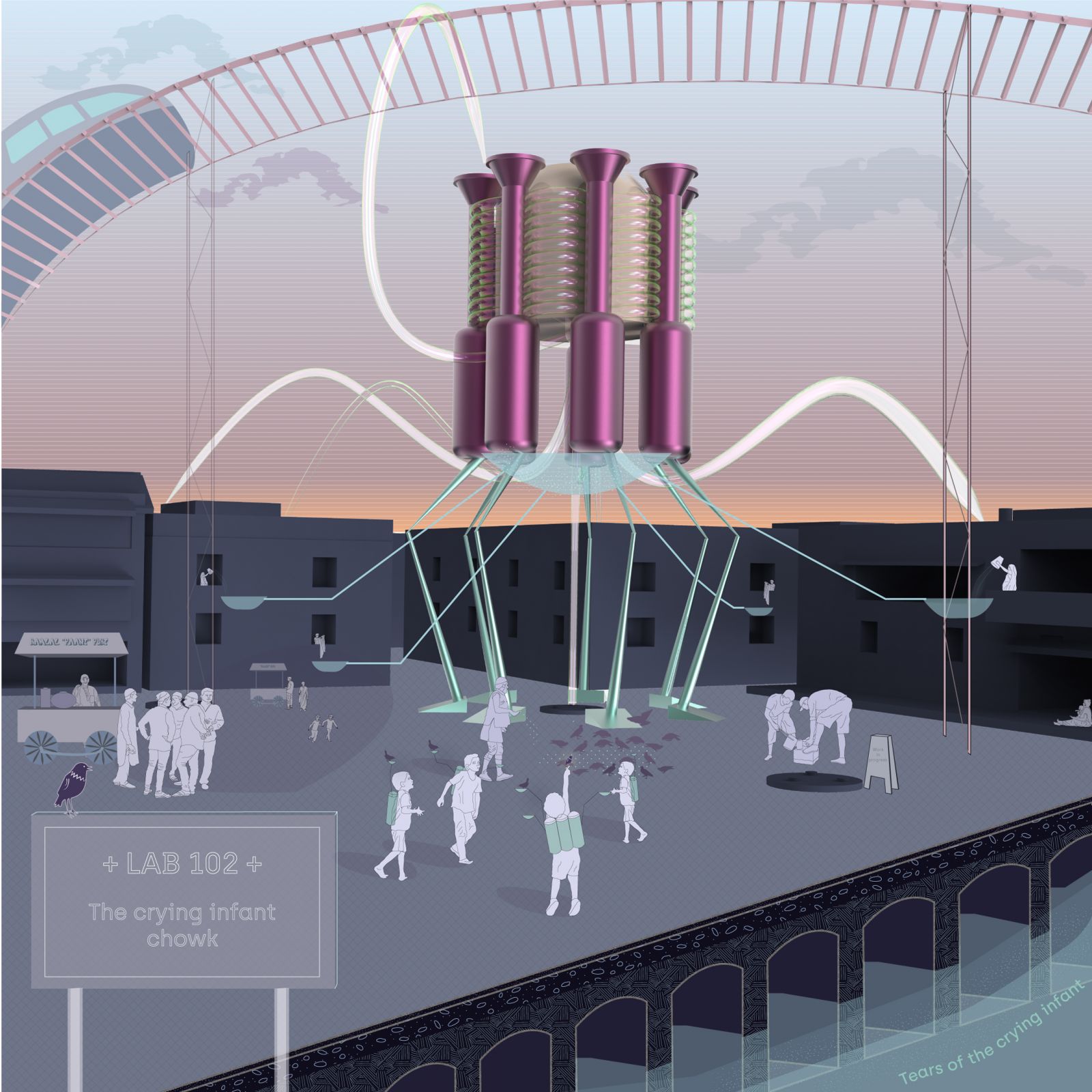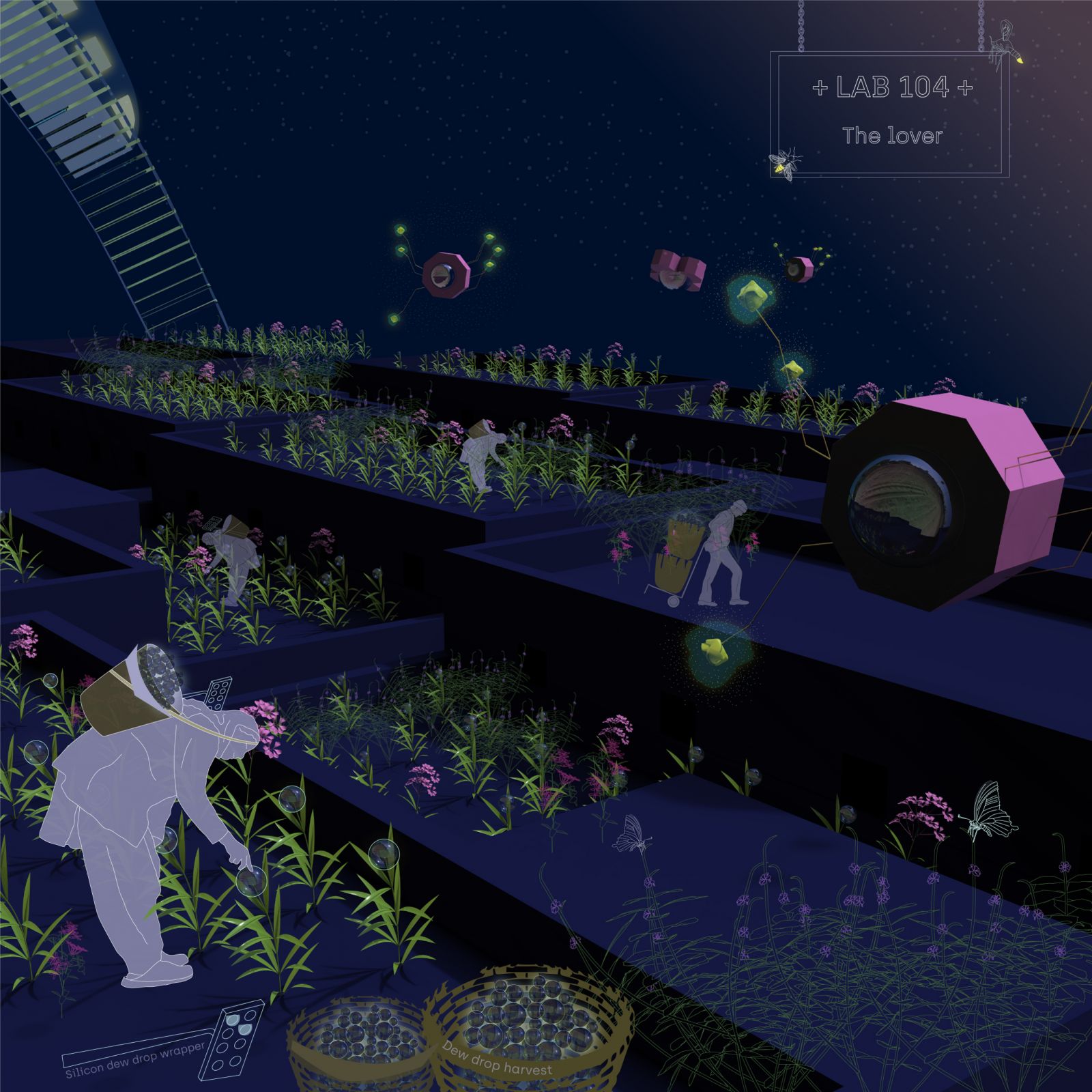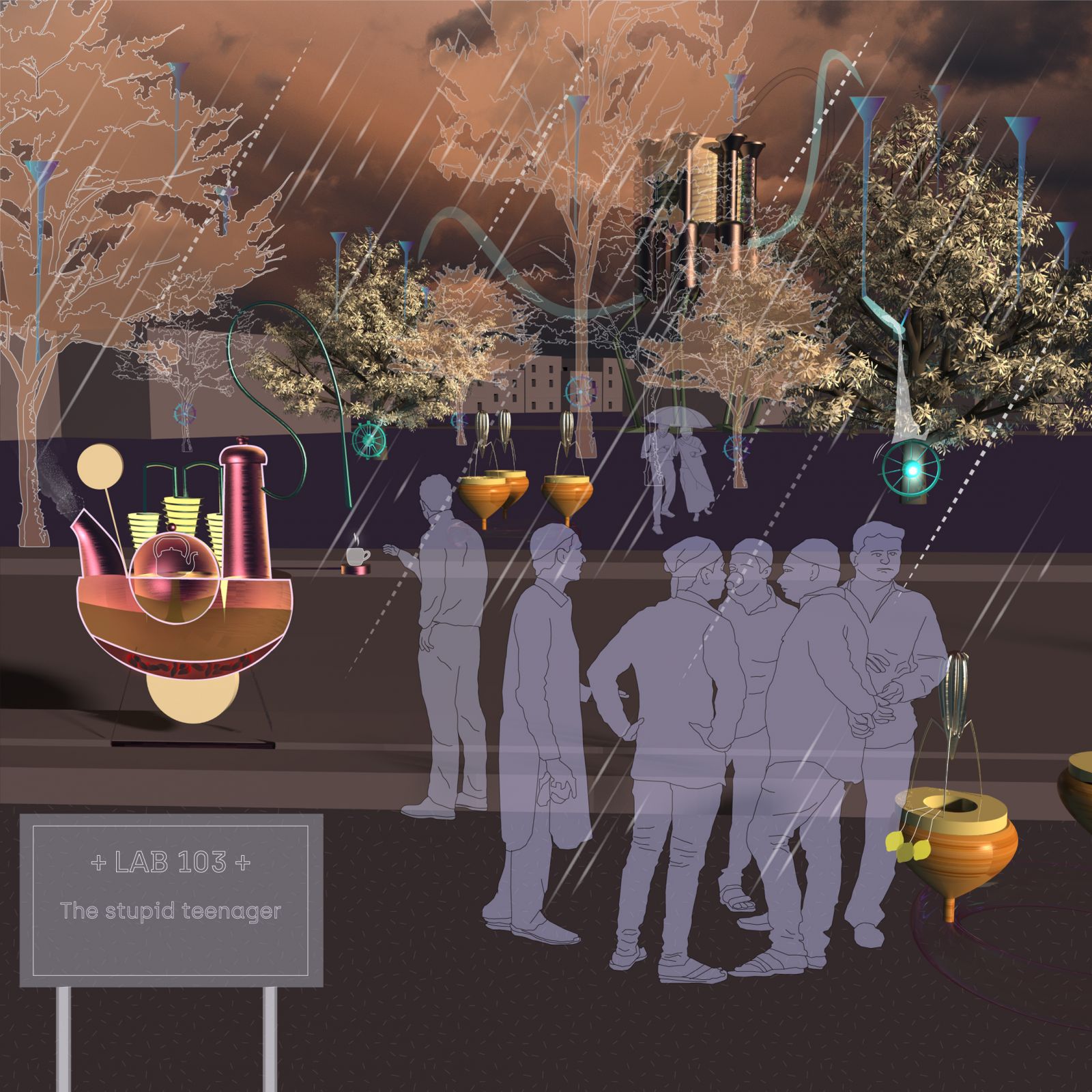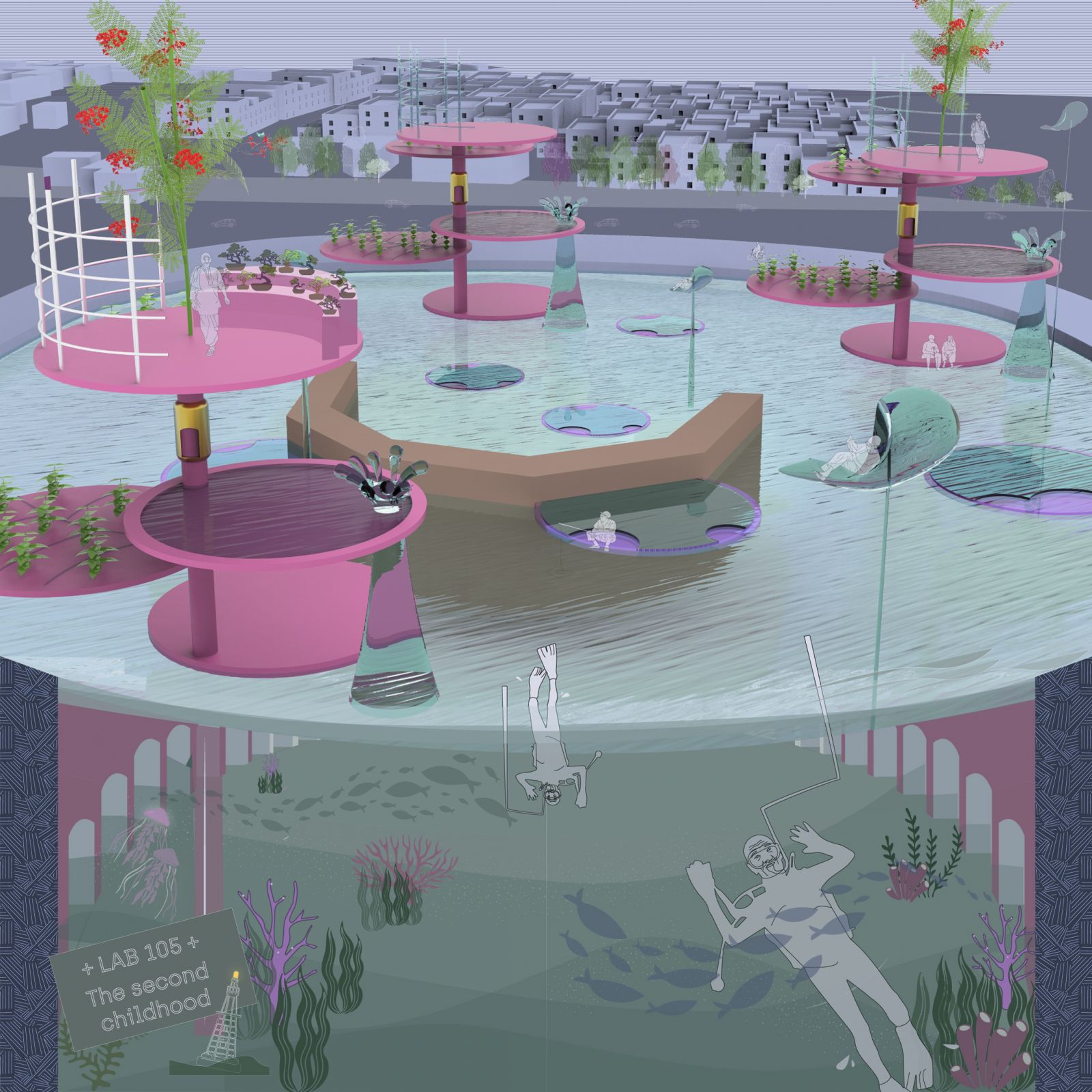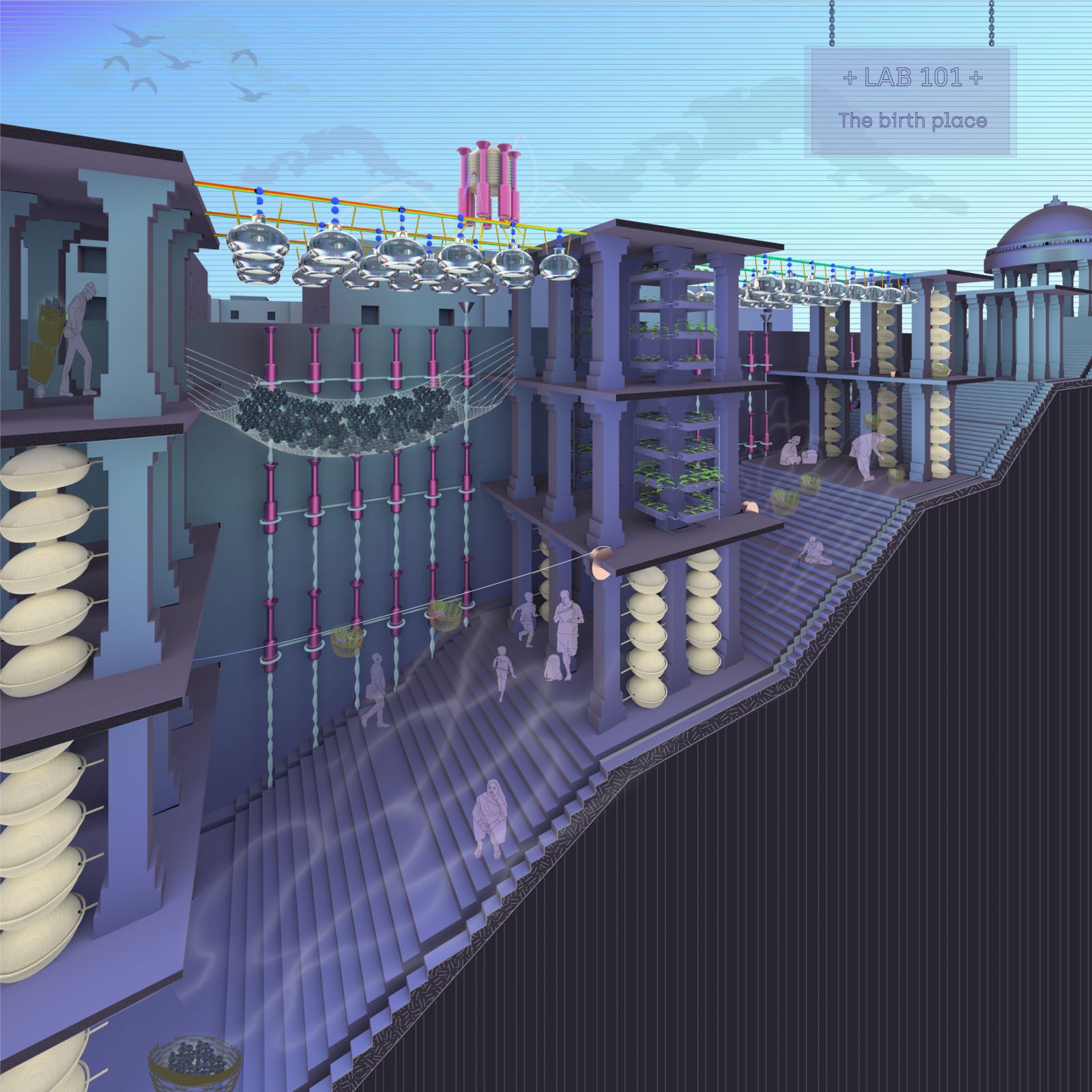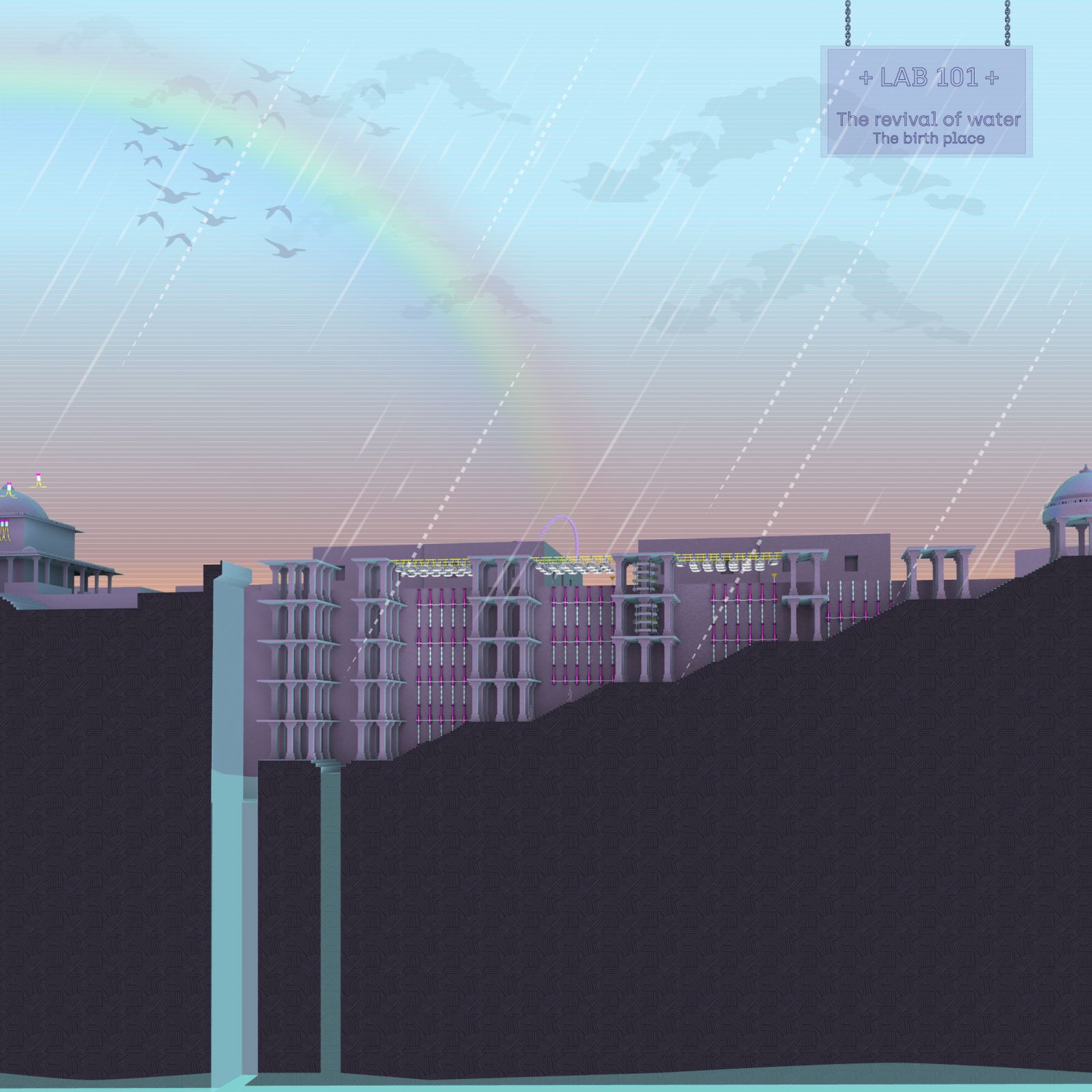Your browser is out-of-date!
For a richer surfing experience on our website, please update your browser. Update my browser now!
For a richer surfing experience on our website, please update your browser. Update my browser now!
The project starts by looking at city scale where the traditional water infrastructure of Ahmedabad was closely looked at. From a place to relax to a structure that supplied water for more than centuries, the traditional water infrastructures of Ahmedabad have played various roles. Ahmedabad itself houses 45 stepwells and 138 water bodies. The same way, if seen in the world many such infrastructures exists in the arid regions. In 2021 where water is getting carried from Narmada miles away from Ahmedabad, water has gained a very crucial prize. What if this bleakness of water is understood and water is cultivated in the stepwells and other traditional infrastructures? What if stepwells become laboratories and people the water makers? Water laboratories is a project that redefines the role of such water infrastructures in 2050.
View Additional Work